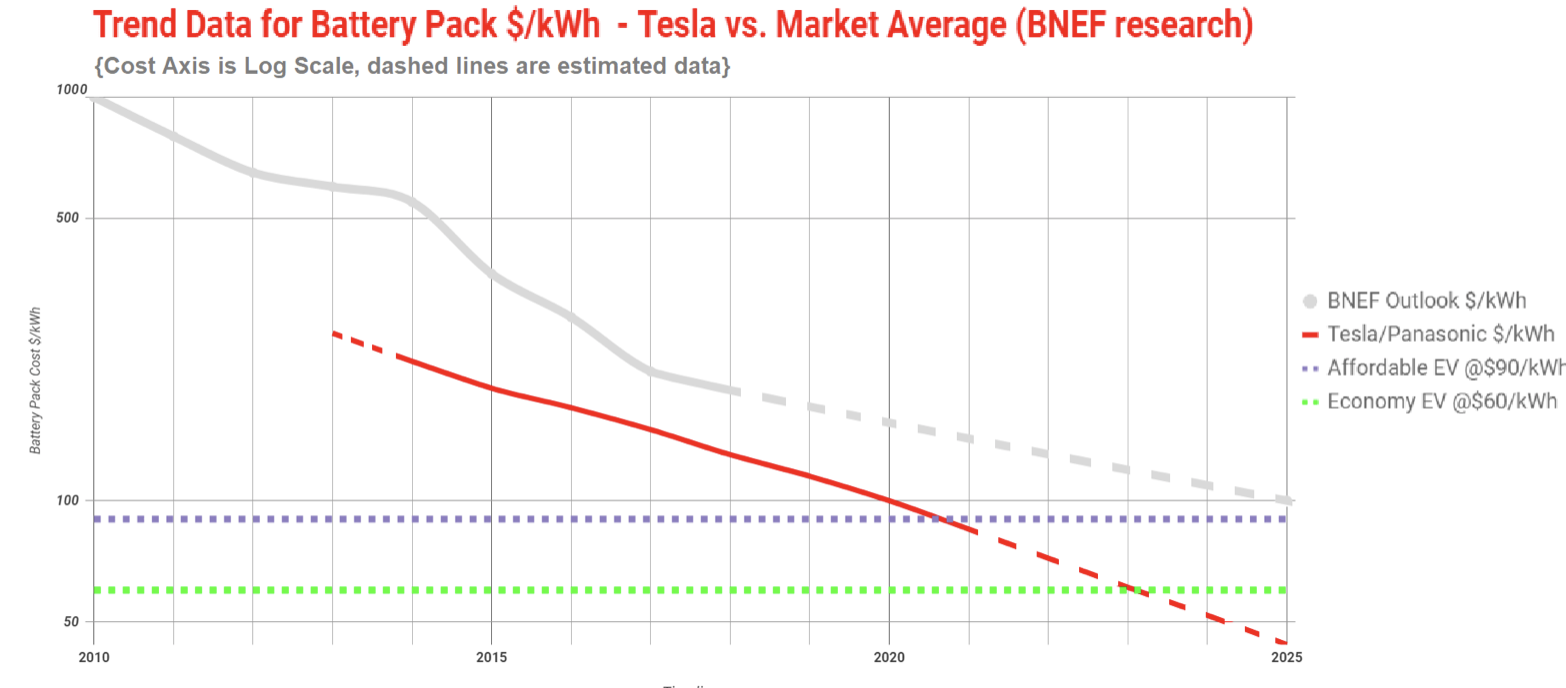
In June 1988 a leading climate scientist, Dr James Hansen, presented the U.S. Senate Committee on Energy and Natural Resources with data showing that by burning fossil fuels humans had created a greenhouse effect, evidenced by global warming. Unless carbon dioxide (CO2) emissions were reduced he predicted that record breaking global warming would increase further, producing increasingly severe climate events and that these would be most marked in higher latitudes.
The Senate noted his submission and Congress took some action but none that would result in CO2emissions reduction in the short term. In December 1988 the concentration of CO2in the atmosphere was 351.4 ppm. At the end of 2018 it stood at 409.23 ppm., the highest in 3 million years. As a result global climate and temperature have developed as Dr Hansen predicted over thirty years ago.
Dr Hansen subsequently urged reduction of rising emissions so as to avoid a mean global temperature rise of more than 1°C above preindustrial levels. He warned that an increase of 1.5°C above preindustrial times would result in dangerous climate and multi metre sea level rise and that an increase of 2°C could be catastrophic, producing a violent, destructive climate. Most governments and emitters continued to ignore him.
As a result we now find ourselves living in a world where mean global temperature has risen 1°C above the preindustrial, the climate is characterised by more violent, destructive and frequent climate events. Human greenhouse gas emissions are now increasing at an unprecedented rate and it is probably no longer possible to avoid the consequences of a 1.5°C increase above the preindustrial and a destructive climate accompanied by multi-metre sea level rise in coming decades, not coming centuries.
If we are to avoid catastrophic climate events which could threaten our survival as a species on this planet, it is imperative that anthropogenic greenhouse gas emissions be rapidly and immediately reduced. Efforts to achieve this are being taken by reducing use of fossil fuels (1) for electricity generation, (2) for transport propulsion and (3) by adopting mitigating practices such as reduction of energy consumption and protection of carbon sinks.
These measures will not avert dangers posed by global warming unless both developed and emerging economies are decarbonised by mid-century. Burning fossil fuels to generate electricity accounts for ~30% of present-day global emissions and that percentage is declining as more economies transition to cheaper renewable energy, mostly wind and solar. Market forces demand cheaper electricity 24/7 and this requires improved ability to store it.
The cheapest form of generating and supplying electricity will capture a growing market as new technologies emerge demanding its availability for an increasing range of applications. The race is well and truly on to capture this emerging demand.
Problems
Globally the largest source of greenhouse gas emissions, probably exceeding 40%, is the internal combustion engine (ICE), widely used by the transport sector for propulsion and operation of other equipment in agriculture, extractive industries and manufacturing. Replacement of these engines by electric motors is dependent on development and commercialisation of new technology making it possible to store sufficient electricity to do the work now done by oil based products – and, importantly, do it more cheaply.
The transport sector is the most dependent on and the largest user of the internal combustion engine. Particulates released into the atmosphere by these engines, especially those fuelled by diesel, are the cause of air pollution which pose a serious, developing health problem in larger cities. Particulate emissions may also be contributing to soot deposits on the Greenland Ice Sheet, reducing its albedo and accelerating surface melting and Arctic warming.

Fig. 1. Smog in New Delhi at 12 noon, produced by vehicle exhaust. Megacities (population >10 million) will become unliveable without exhaust-free electric vehicles (EV’s). Source: ABC
By far the greatest damage is caused by the emission of greenhouse gasses, which are the largest single contributor to increasingly dangerous global warming and climate change. Yet there is an alternative to using the internal combustion engine which so seriously damages the environment and that is to use emission-free electric motors to propel all transport vehicles. So why are EV’s not replacing those fuelled by polluting fossil fuels?
In fact the transition from fossil fuelled vehicles to EV’s has begun but it is a slow process and one which at present has little impact because the number of fossil fuelled vehicles in use continues to rise as the global economy and population expand.
Four reasons why EV uptake is not occurring more rapidly are:
1. The purchase price of EV’s is higher than fossil fuelled vehicles:
2. Concern that EV’s do not have the range or
3. the ease of refuelling of fossil fuelled vehicles and
4. Reluctance to invest in existing EV technology when much improved technology might be available in 2-3 years.
Price
Rapid uptake of EV’s will not occur until they achieve price parity with fossil fuelled vehicles. Although building an EV is more readily achieved by automated processes – and should therefore be cheaper – this efficiency is offset by the cost of batteries needed to store the electricity which powers the motors in an EV. Batteries make up around 40% of the cost of building an EV and parity of vehicle cost with mid-range fossil fuelled vehicles will not be achieved until the cost of a battery pack falls to $100/kWh. Cost parity with the cheapest fossil fuelled vehicles is unlikely to be achieved until battery pack price falls to ~$60/kWh.
Because of stiff competition among battery producers a high degree of secrecy is maintained by them where advances in battery technology and production costs are concerned. However we do know that in 2017 Audi purchased batteries for its new line of EV’s at a cost of ~$114/kWh, though it is unclear if this was a cell or pack price. What is clear is that Tesla’s Gigafactory produced batteries for its range of EV’s at a cell price of $100/kWh in 2018. With improved automation processes it expects to achieve a pack price of <$100/kWh by 2020.

Fig. 2. Tesla battery pack price is outperforming the BNEF outlook and sets the benchmark for competing Lithium-ion battery producers. Source: Cleantechnica.
As a result of ongoing battery price decline, price parity with fossil fuelled mid-range vehicles is likely to be achieved by 2020 and with the cheapest fossil fuelled vehicles by 2023. Global sales of EV’s in 2018 are estimated to be 1.6 million and Bloomberg estimate that sales in 2020 could be 2.9 million EV’s and considerably higher when solid state battery technology is commercialised.
Range & Recharge
Most city car owners drive their vehicles to and from shops, workplace or other places. This involves driving less than 100 km/day, so the range of existing EV’s (150-400 km) means they can be used for this purpose with recharging 2-3 times per week. Present range limitation are not a deterrent, though, as noted above, price is. If intercity or longer distance travel is needed, then range does matter since recharge is necessary before a journey can be completed and may take hours.
Vehicle builders can achieve increased range by using a larger battery pack to store electricity, by using batteries able to hold a greater charge than present batteries do or by improving recharge speed as discussed below. Improvement in lithium-ion technology has potential to achieve more efficient, cheaper battery production and can reduce recharge time to less than 30 minutes, as demonstrated by Tesla and others. However it seems less likely that lithium-ion batteries will achieve parity with fossil fuelled vehicles in refuelling time or range.
An extended range of 1,000 km or more has been demonstrated for passenger coaches and other large transport vehicles but it is generally agreed that a significant increase in range for cars and more rapid recharge time is unlikely to be achieved until alternative battery technology become commercially available. Advances promising a range of more than 1,000 km are claimed by developers of an aluminium-graphene battery but this is not commercially available and details do not appear to have been patented.
Solid State
Battery manufacturers are highly competitive and ultra-secretive when it comes to disclosing information on development of solid-state technology and for good reason. Leaders achieving commercial production of these batteries stand to supply the car industry in their region and make very significant financial gains.
Electricity used by EV’s and appliances is presently stored in lithium-ion batteries comprising a cathode and anode separated by a semi-liquid electrolyte which limits both charge density and speed of recharge. Research shows that if the liquid electrolyte is replaced by a solid electrolyte charge density can be more than doubled and recharge time reduced from hours to a few minutes. Importantly, solid state batteries require much less cobalt used in lithium-ion batteries so are potentially 30% cheaper to produce – a significant factor in reducing the price of EV’s.
A number of car companies are directly involved in developing solid state technology with a view to being among the leaders engaged in commercial production. They include Hyundai, Toyota, Honda, Nissan, BMW, Volkswagen and several others, all claiming to be close to commercial production and achieving it within 2-5 years. In America, Fisker has produced and demonstrated prototype solid state batteries while in China, Quing Tao Energy is reported to have begun commercial production.
Solid state batteries have the capacity to make EV performance as good as fossil fuelled vehicles, even better and cheaper. It is likely that this will be widely achieved within the next 4-7 years, possibly sooner and result in mass uptake of EV’s, marking the beginning of the demise of fossil fuelled vehicles and the oil industry.
The advent of solid-state batteries has wider implications – particularly for the capacity and cost of storing solar and wind generated energy for domestic and commercial use and ensuring grid stability. It is also likely to speed up the use of batteries for communication appliances, tools, other equipment such as street lights, remote water pumps and possibly aircraft.
Self-Driving Vehicles
‘No one born in 2019 will ever need to learn how to drive or hold a drivers licence’ is the claim made by proponents of self-driving cars – and they are probably right!
Self driving technology could come into wide use over the next 3-4 years and seems more likely to be initially trialled in new (electric) vehicles in the public transport sector. The technology has already been proven to be safer than human driving, so less accident prone and facilitates more efficient transport.
As the public become more trusting of driverless vehicles, they are more likely to be used in preference to older, privately owned fossil-fuelled vehicle. This is likely to be encouraged by governments since public transport can be provided more cheaply and efficiently. Being safer than human driving, it will reduce accidents and produce savings in the cost of public health adding further attraction to its adoption and speeding up the transition to electric vehicles.
Conclusions:
Posted by Riduna on Wednesday, 6 February, 2019
 |
The Skeptical Science website by Skeptical Science is licensed under a Creative Commons Attribution 3.0 Unported License. |